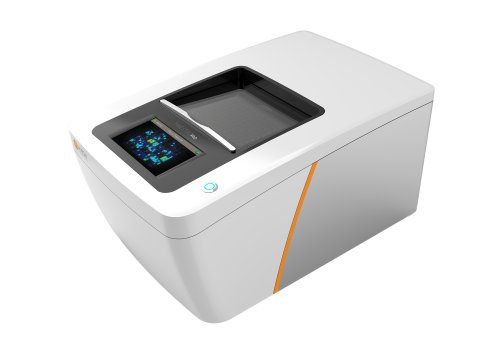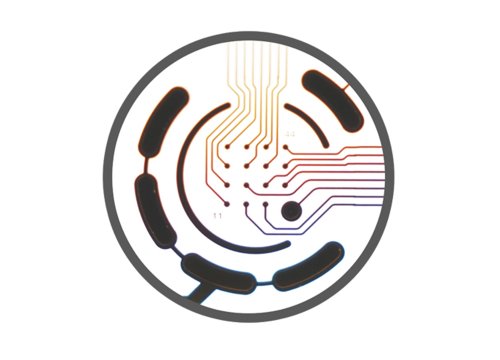Authors: Kyung Chul Shin, Waseem Hasan, Gowher Ali, Doua Abdelrahman, Tala Abuarja, Lawrence W. Stanton, Sahar I. Da’as and Yongsoo Park
Scientific Reports, 29 April 2025
Researchers use zebrafish on Maestro MEA to reveal new insights into autism and epilepsy comorbidity.
In previous research, the authors of this study identified N-ethylmaleimide-sensitive factor attachment protein beta (NAPB) as a risk gene for autism spectrum disorder (ASD), which often co-presents with epilepsy. While NAPB KO mice exhibit epilepsy, NAPB deletion does not appear to affect synaptic connectivity and plasticity at the cellular level in these models or hiPSC-derived models, suggesting a need for more relevant animal models. Here, the researchers developed an NAPB KO zebrafish model using CRISPR-Cas9 to explore NAPB-related pathology, using Axion BioSystems’ noninvasive Maestro Pro microelectrode array (MEA) platform to evaluate seizure activity in the mutant zebrafish. They found hyperactivity in NAPB KO zebrafish, particularly in the head region. This electrophysiological evidence, combined with behavioral analyses, underscores the model's potential for studying the pathophysiology of ASD-related epilepsy and for screening prospective therapeutic agents.


